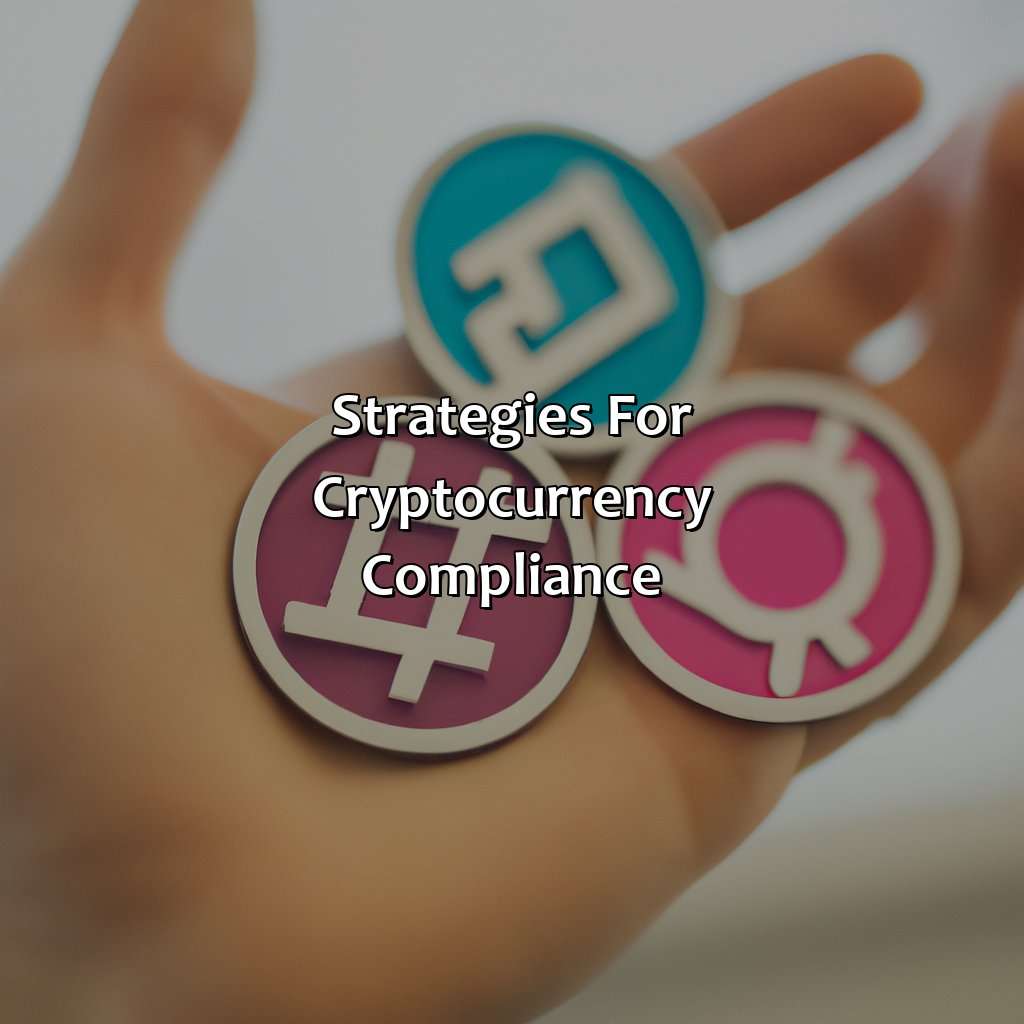Understanding Cryptocurrency Margin Trading opens the door to a thrilling realm of financial possibilities, where traders leverage their investments to amplify potential gains. In a digital age where cryptocurrencies are reshaping the financial landscape, grasping the intricacies of margin trading becomes essential for anyone looking to navigate this complex market. This approach allows users to borrow funds to enhance their trading power, but it also carries significant risks that require careful consideration and knowledge.
As we delve into this subject, we will explore the mechanics of margin trading, its benefits, and the inherent risks involved. Additionally, we will provide insights into key strategies and tools that can help traders make informed decisions while aiming for success in the ever-evolving cryptocurrency arena.
In a world overflowing with information and distractions, it becomes imperative to cultivate skills that not only enhance our productivity but also enrich our personal and professional lives. One such invaluable skill is effective communication. It stands as the cornerstone of human interaction, influencing our relationships, career prospects, and even our emotional health. In this article, we will delve into the art of communication, explore its various forms, and uncover strategies to master it, thereby transforming our everyday interactions into meaningful exchanges.Firstly, let’s establish the undeniable importance of effective communication.
Whether in the realm of business or personal relationships, the ability to convey thoughts, ideas, and emotions clearly can make or break any interaction. Imagine a workplace where team members articulate their ideas with clarity and confidence. Such an environment fosters collaboration, creativity, and innovation. Conversely, consider a situation where miscommunication leads to misunderstandings and conflict—this can dissolve trust and create a toxic atmosphere.At its core, communication can be categorized into verbal, non-verbal, written, and visual forms.
Each plays a crucial role in how we convey and receive messages. Verbal communication, which includes spoken language, is the most apparent form. It encompasses everything from casual conversations to formal presentations. The effectiveness of verbal communication lies in our tone, pace, and enunciation. A well-modulated voice can captivate an audience, whereas a monotone delivery may induce disinterest.Non-verbal communication, often underestimated, speaks volumes.
Body language, facial expressions, and eye contact convey emotions and reinforce or contradict spoken words. For example, crossing arms might signal defensiveness, while a genuine smile can create warmth and openness. Being attuned to these cues allows us to read the room and adjust our approach accordingly, enhancing our interactions.Written communication, encompassing emails, reports, and social media posts, has become paramount in our digital age.
Crafting a well-structured message is essential; it should be concise yet comprehensive, ensuring the recipient grasps the intended message without confusion. Furthermore, clarity in writing reflects professionalism and respect for the reader’s time. Utilizing bullet points, headings, and visuals can make dense information more digestible, facilitating better understanding.Visual communication, on the other hand, incorporates images, graphs, and videos. In a world that increasingly values visual content, mastering this form is essential, especially in marketing and social media.
A compelling image can encapsulate an idea far more effectively than a paragraph of text. Brands that harness the power of visual storytelling often find themselves resonating deeply with their audiences.To become an effective communicator, one must cultivate specific skills. Active listening is paramount; it involves fully engaging with the speaker, demonstrating empathy, and responding thoughtfully. When we listen actively, we not only comprehend the message but also build rapport and trust.
Techniques such as paraphrasing, asking clarifying questions, and providing feedback can enhance our listening abilities.Moreover, emotional intelligence (EI) plays a significant role in communication. EI refers to our awareness of our emotions and those of others. By recognizing emotional cues, we can tailor our responses, ensuring they are appropriate and considerate. High EI allows for more nuanced conversations, fostering deeper understanding and connection.Another vital aspect of effective communication is adaptability.
Every audience is different, and what works in one context may not work in another. Being able to read the room, adjusting your style, and being versatile in your approach can dramatically influence the success of your communication. Whether speaking to a boardroom filled with executives or engaging in a casual chat with friends, adapting your message to suit the audience is crucial.Furthermore, mastering the art of persuasion can significantly enhance your communication skills.
Persuasion is not about manipulation; rather, it involves presenting arguments compellingly and honestly. Understanding your audience’s needs, values, and desires enables you to frame your message in a way that resonates with them. Employing storytelling techniques, using relatable anecdotes, and appealing to emotions can make your arguments more persuasive and impactful.Practicing effective communication is akin to honing any other skill—it requires dedication and continuous improvement.
Engaging in public speaking, participating in workshops, and seeking constructive feedback can all contribute to your growth. The more you practice, the more comfortable you become, which ultimately leads to more authentic and confident interactions.In today’s diverse and global society, cultural awareness is also crucial. Different cultures have unique communication styles, and being sensitive to these differences can prevent misunderstandings.
Familiarizing yourself with cultural norms and customs fosters respect and inclusivity, enhancing your ability to connect with others on a deeper level.Lastly, we must not forget the power of technology in communication. In a digital world, tools such as video conferencing, instant messaging, and social media have revolutionized how we connect. While these tools offer convenience and immediacy, they also present challenges.

Misinterpretations can arise from the lack of non-verbal cues, and the fast pace of digital communication can lead to hasty messages. Therefore, it’s essential to navigate these tools mindfully, ensuring clarity and intention in our digital interactions.In conclusion, effective communication is a multifaceted skill that impacts every aspect of our lives. By mastering verbal, non-verbal, written, and visual communication, we can enhance our personal and professional relationships.
Active listening, emotional intelligence, adaptability, and persuasion are critical components that empower us to connect meaningfully with others. As we navigate an increasingly interconnected world, let us commit to becoming better communicators, enriching our lives and the lives of those around us. The journey to mastery may be challenging, but the rewards—deeper connections, enhanced understanding, and greater success—are well worth the effort.










